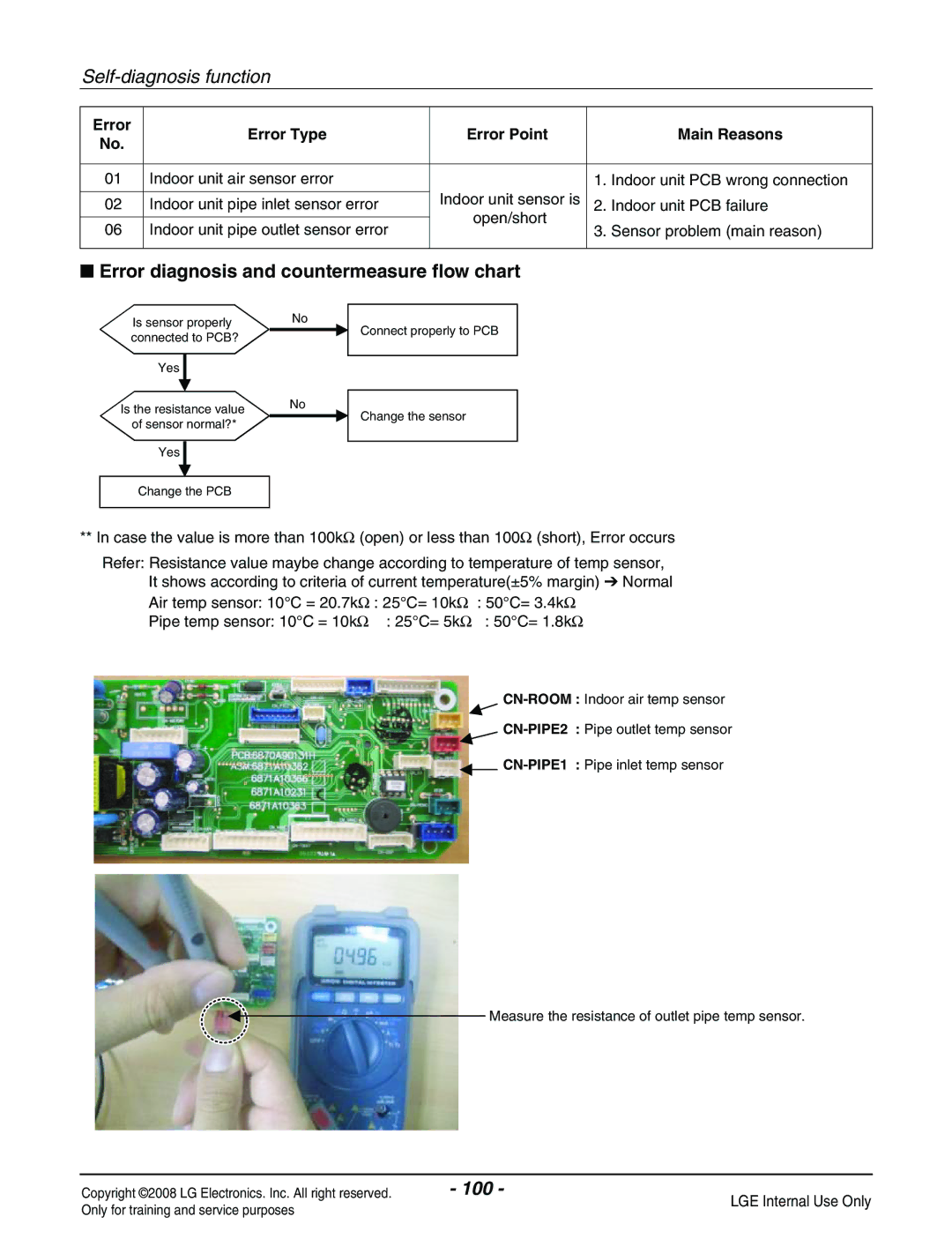R410A specifications
Haier R410A is a refrigerant that has gained significant attention in the HVAC industry due to its environmental benefits and efficient performance. As a hydrofluorocarbon (HFC) refrigerant, R410A is designed to replace the older R22 refrigerant, addressing environmental concerns and aligning with global initiatives to phase out ozone-depleting substances.One of the primary features of Haier R410A is its low environmental impact. R410A has a significantly lower ozone depletion potential (ODP) compared to R22, making it a more environmentally friendly option. Additionally, it has a global warming potential (GWP) that, while still higher than natural refrigerants, is considered acceptable in terms of modern refrigerant usage and regulatory compliance.
The performance characteristics of R410A are another key point of interest. This refrigerant operates at higher pressure levels compared to R22, which allows for improved heat transfer efficiency. This results in enhanced cooling and heating capabilities, enabling HVAC systems designed for R410A to deliver superior performance in various climate conditions. The higher efficiency translates to lower energy consumption, meaning users can enjoy a comfortable indoor climate while keeping energy bills in check.
In terms of technology, Haier has integrated R410A into a range of air conditioning and refrigeration systems, showcasing the refrigerant’s compatibility with modern HVAC designs. Many of Haier’s products feature advanced inverter technology, which optimizes energy use by adjusting the compressor speed according to the cooling demand. This not only improves efficiency but also extends the lifespan of the equipment.
Moreover, Haier R410A systems are often equipped with smart technologies such as Wi-Fi connectivity and intelligent control features. These innovations allow users to monitor and control their HVAC systems remotely, promoting user convenience and energy savings.
Safety is another characteristic of R410A systems. Although R410A is non-toxic and has a very low flammability risk, it requires appropriate handling procedures due to its higher pressure. Haier adheres to rigorous safety standards in the design and manufacturing of its HVAC units, ensuring that end-users can operate their systems with peace of mind.
Overall, Haier R410A refrigerants represent a significant step forward in achieving efficient, environmentally responsible heating and cooling solutions. With their advanced technology, excellent performance, and commitment to safety, Haier's R410A systems have become a preferred choice among consumers looking for reliable HVAC solutions that also consider ecological impact.

